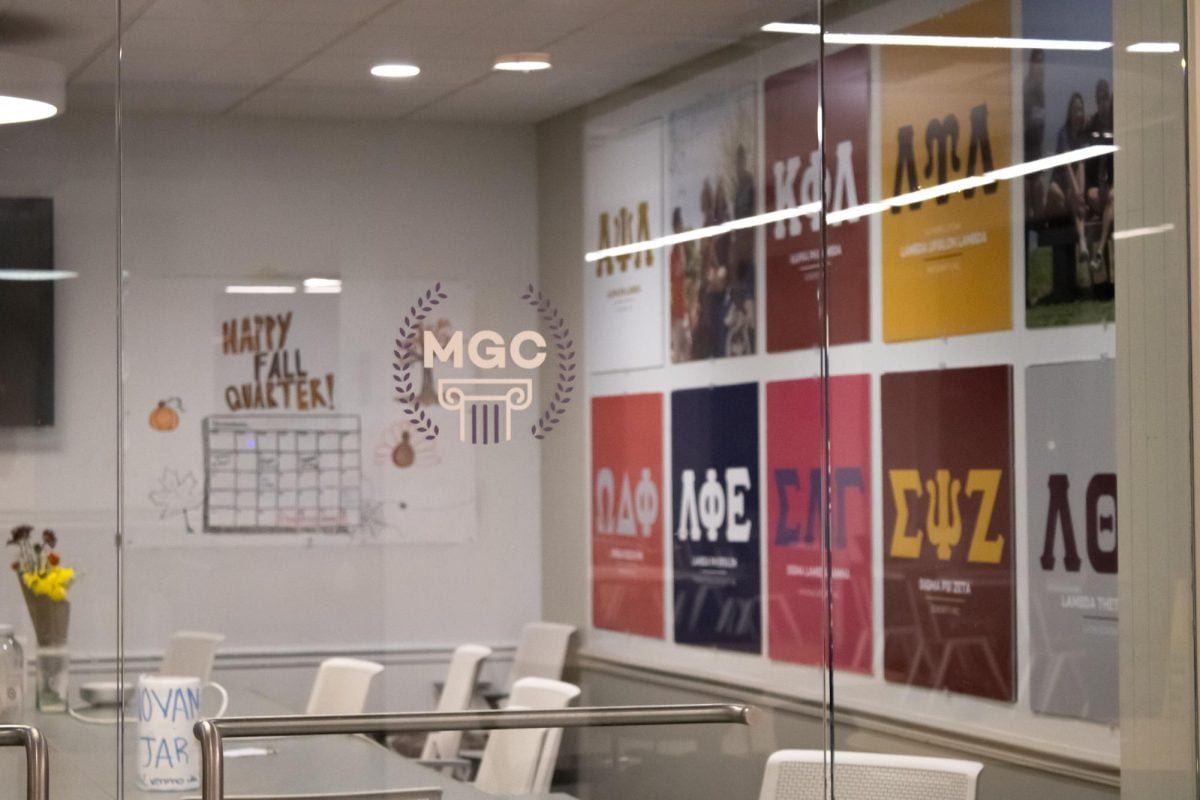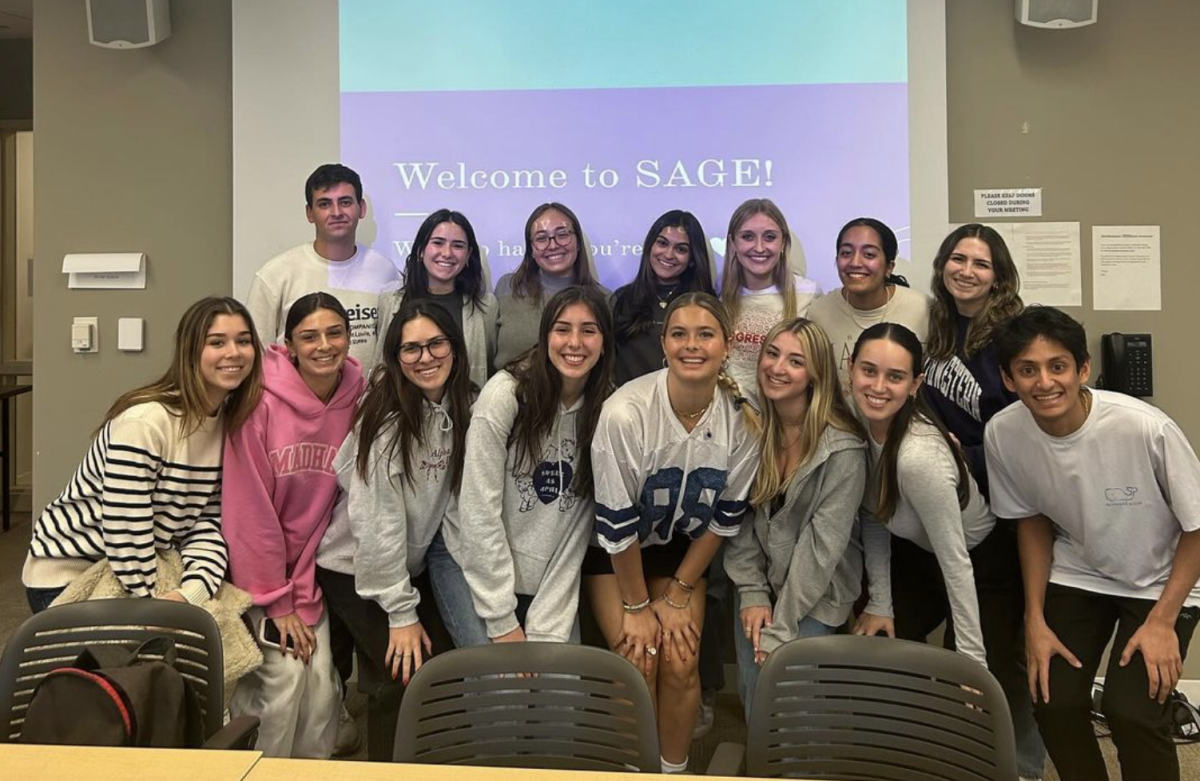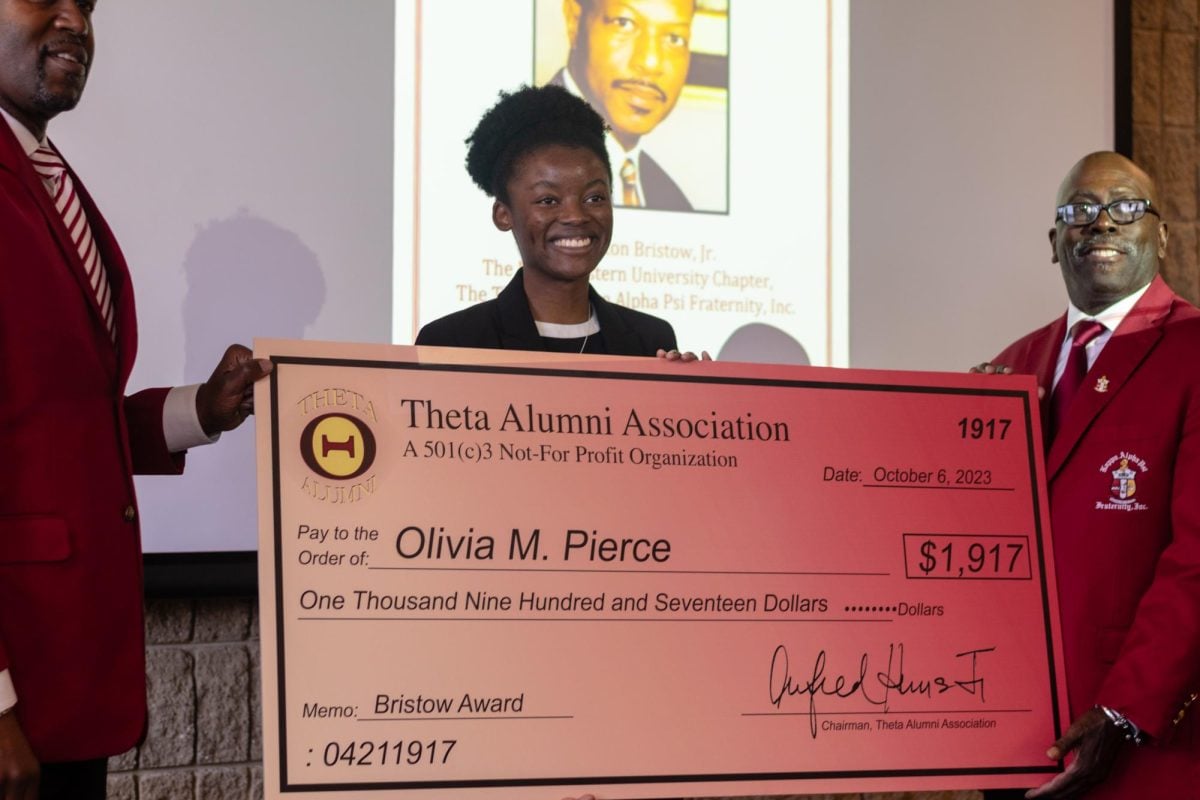Equal employment of men and women as professors in science and engineering could take as much as a century to accomplish, according to an article published in the journal Science on Friday. Faculty gender representation in some areas at Northwestern reflects the findings of this study – but female student representation in the McCormick School of Engineering and Applied Sciences is well ahead of the national average.
Looking ‘in the short run’
The national study tracked a total of 2,966 assistant professors in science and engineering at 14 different universities. Using publicly available catalogs and bulletins, researchers observed the differences between men’s and women’s careers since 1990. The article estimates it will take until 2050 to reach a goal of 50 percent hire of women faculty and another 40 years to match the gender composition of the hiring pool. Combined, it may take nearly 100 years for women to make up 50 percent of science, technology, engineering and mathematics department, or STEM, faculty.
“One problem that arises in the STEM fields is that in many departments, women are a distinct minority,” Jim Young, NU’s associate provost for faculty affairs, said. “We’re aiming for something a little more in the short run than 100 years.”
NU is working with the University of Chicago to increase the presence of women faculty through the establishment of the Chicago Collaboration for Women in STEM. These programs give women faculty the opportunity to learn how to negotiate, speak with the media and develop leadership and other career skills. They also allow women to network and meet others in similar positions. However, Young said NU’s has not been as successful as hoped.
“The programs have not been as well-attended as we would like,” Young said.
He said NU is thinking of refashioning the program to enable more women to participate. One problem for some women is the inconvenience of traveling and devoting time to such events. Young said other institutions that have implemented these programs have reported great success recruiting and retaining women in STEM disciplines.
“The programs have been of exceptionally high quality,” Young said. “We are trying to figure out how to make that available to a broader audience.”
Family first
According to materials science and engineering Prof. Katherine Faber, the programs, if successful, will affect NU’s retention rate.
“The reason we have wanted to do that is because at Northwestern our retention of female faculty is not as high as it is for males in the same disciplines,” Faber said.
According to a Feb. 16 article in The Chronicle of Higher Education that examined the study’s results, one issue with retention is the reluctance of women to pursue a career in these fields as opposed to raising a family. Faber said universities have tried to address some of the issues by providing on-site child care and implementing more accomodating leave policies.
Evanston’s McGaw YMCA Children’s Center, 1000 Grove St., currently reserves spots for NU faculty and staff, and the city announced in January that a new Bright Horizons Family Solutions at 1629 Orrington Ave. would hold 60 spots for children of NU workers. The University itself does not have on-site child care options.
Faber said she was the first woman in McCormick to have a child while serving as a faculty member.
“There are certainly accommodations that universities can make to allow people to pursue their scientific and engineering passions while also having a family,” Faber said.
However, in terms of her own experience, Faber said she “can’t complain.”
“I am in a really supportive department here at Northwestern, and through the years I have had supportive department chairs and colleagues,” she said.
Making progress
Faber said the pool of women professor applicants is slowly increasing in size, and the University has formed committees to address the need for a diverse faculty. This diversity extends beyond gender to underrepresented racial minorities as well.
Young said between NU and the University of Chicago, NU has a better record of recruiting female faculty, and the University of Chicago has a better record of retaining female faculty.
He said NU is planning to launch a pilot study to look at issues of comfort or discomfort at a departmental level. He said NU is especially interested in drawing comparisons between female faculty at the University of Chicago and similar fields at NU. From there, this study could lead to more extensive research.
The pilot study is valuable, Young said, because previous studies have examined the issue either at one institution or on a national level.
“We are trying to gather data at a high resolution between two different schools,” Young said. “I don’t know whether these differences will hold up under more specific scrutiny.”
Gender representation at NU
McCormick Dean Julio Ottino said 35 percent of all McCormick undergraduate students are female, which is twice the national average for engineering programs. He also said there has been a 33 percent increase in female undergraduates in the last five years, which has surprised him.
“This is a number I’m really proud of,” he said.
According to Ottino, 12 percent of the McCormick faculty are women, but 25 percent of department chairs and 86 percent of assistant chairs are women. He also said 43 percent of women faculty hold a chair.
Ottino said the trends in gender representation are more important than the numbers, and this rapid increase in women undergraduates is very rare. He said because of that, the numbers from the Science article do not apply to NU undergraduates.
As for the faculty, Ottino said the change might be slower because the faculty spend a long time in their profession. Therefore, while the number of women studying science at NU is increasing, turnover is slow.
“We were able to change about 23 percent of the faculty in about three years because we grew,” Ottino said.
In addition to undergraduates, 30.5 percent of masters students and 28 percent of Ph.D. students in McCormick are women.
Weinberg freshman Tanvi Subramanian said she agrees with the estimated 100 years for women faculty to match men. As a biology major in NU’s Integrated Science Program, she said she sees the absence of women in science-related fields among her peers.
“Most of my science classes are mainly guy-dominated,” Subramanian said. “I feel like I spend all my time with guys.”
While more girls are participating in science now, Subramanian said, she thinks it will take at least 70 years for the number of women professors to reach men in science.
Although Subramanian said she has noticed the low numbers of female science professors, Young said the ratios vary greatly by department.
“In the biological sciences women are coming very close (to matching men),” Young said.
However, in other departments such as physical science and engineering, Young said women constitute less than 10 percent of faculty.
Young said the ultimate goal is to recruit other institutions in the Chicago area to participate in NU’s gender equity efforts. He said NU has already been in contact with University of Illinois at Chicago about extending its program but has not begun to discuss how to coordinate among the three institutions. He said the program is excited to have an ongoing relationship with University of Chicago and to broaden the circle to include UIC as well as other Chicago-area institut
ions.
“We have grand plans,” Young said. “I would hope as we continue down this road, (the programs) will be able to demonstrate improvements in recruitment and retention.”






